- No products in the cart.
Itraconazole capsules. 100mg 14 pieces
$9.37
Itraconazole capsules. 100mg 14 pieces
Description
Composition
Active substance:
Each capsule contains pellets of itraconazole (22%) – 0.460 g
Itraconazole – 0.100 g
Excipients:
Hypromellose (hydroxypropyl methylcellulose E-5) – 0.1472 g of butyl methacrylate, dimethylaminoethyl methacrylate copolymer [1: 2: 1] (eudragid E-100) – 0.0046 g
sucrose (sugar) – 0.2070 g
Composition of the capsule shell
Case: gelatin, titanium dioxide (E 171), azorubin (karmuazin) E 122;
cap: gelatin, titanium dioxide (E 171), indigo carmine – F D & C Blue 2 (E 132).
Description:
Hard gelatin capsules N0 opaque pink to blue cap. Contents of capsules – spherical micro-granules (pellets) from white to cream-colored.
Product form:
Capsules 100 mg.
7 capsules in blisters.
2 contour of cellular packaging together with instructions for use in a pile of cardboard.
Contraindications
Hypersensitivity, chronic heart failure, including a history (except for treatment of life-threatening conditions); simultaneous reception substrates isoenzyme CYP3A4, prolonging the interval QT (astemizole, bepridil, cisapride, dofetilide, levacetylmethadol, mizolastine, pimozide, quinidine, sertindole, terfenadine); HMG-CoA reductase isoenzyme metabolized by CYP3A4 (lovastatin, simvastatin); simultaneous oral administration of midazolam and triazolam, ergot alkaloids (dihydroergotamine, ergometrine, ergotamine, metilergotamin), nisoldipine, Eletriptan; pregnancy, lactation.
CAREFULLY
Kidney and liver failure, peripheral neuropathy, risk factors: Chronic heart failure (ischemic heart disease, damage to the heart valves, severe pulmonary disease, including chronic obstructive pulmonary disease, a condition accompanied by edema syndrome), hearing impairment, concomitant use of blockers slow calcium channels, children and old age.
Dosage
100 mg
Indications
Vulvovaginal candidiasis; ringworm, pityriasis versicolor, candidiasis mucosa of oral cavity, keratomikoz; onychomycosis caused by dermatophyte fungi or yeast; systemic mycoses – systemic aspergillosis or candidiasis, cryptococcosis (including cryptococcal meningitis) at immunokompromitirovannyh individual and central nervous system cryptococcosis, regardless of the immune status of treatment failure at the 1st line; histoplasmosis, blastomycosis, sporotrichosis, paracoccidioidomycosis; Other rare system and tropical mycoses.
Interaction with other drugs
1. Drugs affecting the absorption of itraconazole. Drugs that reduce stomach acidity, reduce the absorption of itraconazole, which is related to the solubility of the capsule shell.
2. Drugs affecting the metabolism of itraconazole.
Itraconazole is mainly metabolized isoenzyme CYP3A4. It was studied the interaction of itraconazole with rifampicin, rifabutin and phenytoin, is a potent inducer isoenzyme CYP3A4. The study found that, in these cases, the bioavailability of itraconazole and gidroksiitrakonazola significantly reduced, which leads to a substantial reduction in efficacy. The simultaneous use of itraconazole with these agents, which are potential inducers of hepatic microsomal enzymes, are not recommended. Studies of interaction with other inducers of hepatic microsomal enzymes such as carbamazepine, phenobarbital and isoniazid not performed, however, similar results can be expected.
Potent inhibitors isoenzyme CYP3A4, such as ritonavir, indinavir, clarithromycin and erythromycin may increase the bioavailability of itraconazole.
3. The effect of itraconazole on the metabolism of other drugs. Itraconazole can inhibit the metabolism of drugs, cleavable isoenzyme CYP3A4. This may result in gain or prolongation of their actions, including side effects. Before taking concomitant medications should consult with a physician on the metabolic pathways of the drug, specified in the instructions for medical use. After the cessation of treatment in a plasma concentration of itraconazole is gradually reduced depending on the dose and duration of treatment (see. Pharmacokinetics section). It must be taken into account when discussing the floating effect of itraconazole on concomitant medications.
Examples of such medicines are:
Drugs that should not be administered concurrently with itraconazole:
– terfenadine, astemizole, mizolastine, cisapride, dofetilide, quinidine, pimozide, levacetylmethadol, sertindole – combined use of these drugs with itraconazole may cause increase in the concentration of these substances in the plasma and increase the risk of lengthening the interval QT and in rare cases – the occurrence of atrial fibrillation of the ventricles ( torsade des pointes),
– metabolizable isoenzyme CYP3A4 GMG CoA reductase inhibitors such as simvastatin and lovastatin,
– midazolam and oral triazolam,
– ergot alkaloids such as dihydroergotamine, ergometrine, ergotamine and metilergometrin,
– calcium channel blockers – in addition to a possible pharmacokinetic interaction associated with a common route of metabolism involving isoenzyme CYP3A4, calcium channel blockers can have a negative inotropic effect, which is enhanced by simultaneous administration with itraconazole.
Preparations in the appointment which is necessary to monitor their plasma concentrations, effects, side effects. In the case of co-administration with itraconazole dose of these preparations, if necessary, should be reduced.
– Indirect anticoagulants;
– HIV protease inhibitors such as ritonavir, indinavir, saquinavir;
– Certain antineoplastic agents such as vinca alkaloids, busulfan, docetaxel, trimetrexate;
– isoenzyme CYP3A4 metabolizable calcium channel blockers such as verapamil and dihydropyridine derivatives;
– Some immunosuppressive agents: cyclosporine, tacrolimus, sirolimus (also known as rapamycin);
– Some metabolizable isoenzyme CYP3A4 GMG CoA reductase inhibitors such as atorvastatin;
– Certain glucocorticosteroids such as budesonide, dexamethasone and methylprednisolone;
– Other drugs: digoxin, carbamazepine, buspirone, alfentanil, alprazolam, brotizolam, midazolam intravenous, rifabutin, ebastine, reboxetine, cilostazol, dizoliramid, eletriptan, halofantrine, repaglinide.
Interactions between itraconazole and zidovudine and fluvastatin is not revealed.
There was no effect of itraconazole on the metabolism of ethinyl estradiol and norethisterone.
4. Effect on connection plasma proteins.
Studies in vitro have demonstrated no interaction between itraconazole and drugs such as imipramine, propranolol, diazepam, cimetidine, indomethacin, tolbutamide and sulfamethazine in the binding to plasma proteins.
Overdose
Data not available. In case of accidental overdose, supportive measures should be used. As to gastric lavage and, if necessary, appoint activated carbon within the first hour. Itraconazole not appear in hemodialysis.
Any specific antidote does not exist.
pharmachologic effect
Pharmacological group:
antifungal agent.
Pharmacodynamics:
Synthetic antifungal agent wide spectrum of action. Triazole derivative. Inhibits the synthesis of ergosterol cell membrane of fungi. Active against dermatophytes (Trichophyton spp., Microsporum spp., Epidermophyton floccosum), yeast Candida spp fungi. (Including Candida albicans, Candida parapsilosis), fungi (Cryptococcus neoformans, Aspergillus spp., Trichosporon spp., Geotrichum spp., Penicillium marneffei, Pseudallescheria boydii, Histoplasma spp., Coccidioides immitis, Paracoccidioides braziliensis, Sporothrix schenckii, Fonsecaea spp., Cladosporium spp., Blastomyces dermatidis), Malassezia spp.
Some strains may be resistant: Candida glabrata, Candida krusei, Candida tropicalis, Absidia spp, Fusarium spp, Mucor spp, Rhizomucor spp, Rhizopus spp, Scedosporium proliferans, Scopulariopsis spp……
Efficacy of treatment is assessed 2-4 weeks after cessation of therapy (for fungal infections) in 6-9 months – with onychomycosis (nail as change).
Pharmacokinetics:
Absorbed from the gastrointestinal tract (GIT) adequately. Admission itraconazole capsules immediately after a meal increases the bioavailability. Receiving his fasting in solution leads to a higher speed to maximum concentration (Cmax) and the larger value of the equilibrium phase concentration (Css) compared to the reception after a meal (25%).
The time to reach maximum concentration (TCmax) when receiving capsules – about 3-4 hours Css while taking 100 mg of the drug 1 time per day. –
0.4 .mu.g / ml; when receiving 200 mg 1 time per day – 1.1 pg / ml, 200 mg 2 times a day – 2 mg / ml.
TCmax when receiving solution – about 2 hours at the fasted and 5 hours – after a meal. onset time Css in plasma with prolonged use –
1-2 weeks. Relationship to plasma proteins – 99,8%.
It penetrates the tissues and organs (in t. H. In the vaginal mucosa) is contained in the secretion of sebaceous and sweat glands. Itraconazole concentration in the lungs, kidneys, liver, bone, stomach, spleen, skeletal muscle 2-3 times higher than its concentration in plasma; in fabrics containing keratin – 4 times. Therapeutic concentrations of itraconazole in the skin is maintained for 2-4 weeks after cessation of
4-week course of treatment. Therapeutic concentrations achieved in the nail keratin 1 week after initiation of treatment and stored for 6 months after the completion of three month course of treatment. Low concentrations are determined in the sebaceous and sweat glands of the skin. It is metabolized in the liver with the formation of active metabolites, r. H. Gidroksiitrakonazola. It is an inhibitor of isozyme CYP3A4, CYP3A5 and CYP3A7.
Excretion of plasma – biphasic: kidneys within 1 week (35% as metabolites, 0.03% – unchanged) and through the intestines (3-18% unchanged). The half-life (T1 / 2) – 1-1.5 days. Not removed during dialysis.
Conditions of supply of pharmacies
Available on medical prescription.
side effects
On the part of the gastrointestinal tract: dyspepsia (nausea, vomiting, diarrhea, constipation, loss of appetite), abdominal pain.
On the part of genamo-biliary system: reversible increases in enzymes, hepatitis and in very rare cases of itraconazole develop severe hepatotoxicity, including cases of acute liver failure with fatal consequences.
From the nervous system: headache, dizziness, peripheral neuropathy.
Immune system: anaphylactic, anaphylactoid and allergic reactions.
For the skin: very rarely – exudative erythema multiforme (Stevens-Johnson syndrome), skin rash, pruritus, urticaria, angioedema, alopecia, photosensitivity.
Other: menstrual disorders, hypokalemia, edema syndrome, chronic heart failure and pulmonary edema.
special instructions
– Women of childbearing potential taking Itraconazole, you must use reliable methods of contraception throughout the course of treatment until the onset of the first menstrual period after its completion.
– It was found that itraconazole has a negative inotropic effect. At the same time taking itraconazole and calcium channel blockers, which may have the same effect, you must be careful. It reported cases of congestive heart failure associated with taking Itraconazole. Itraconazole should not be taken in patients with chronic heart failure, or with the presence of this disease in history except for the cases when the potential benefit outweighs the potential risk significantly. When an individual assessment of benefit-risk ratio should be taken into account such factors as the severity of indications, dosing regimen and individual risk factors for congestive heart failure. Risk factors include the presence of heart diseases such as coronary heart disease or valvular disease; serious lung diseases, such as obstructive lung disease; renal failure or other diseases, accompanied by edema. Such patients should be informed about the signs and symptoms of congestive heart failure. Must be treated with caution, and the patient should be monitored for the onset of symptoms of congestive heart failure. When they appear receiving itraconazole should be discontinued.
– At low acidity of the stomach: while the absorption state of itraconazole capsules is broken. Patients taking antacids (e.g., aluminum hydroxide), it is recommended to use them not earlier than 2 hours after administration of itraconazole capsules. In patients with achlorhydria or applying blockers H2-histamine receptors and proton pump inhibitors, it is advised to take itraconazole capsules with drinks containing cola.
– In very rare cases, the use of itraconazole develop severe hepatotoxicity, including cases of acute liver failure with fatal consequences. In most cases it was observed in patients who already had liver disease, patients with other serious illnesses treated by systemic itraconazole therapy indications, as well as patients treated with other drugs having hepatotoxic effect. Some patients were not found obvious risk factors for liver disease. Several such cases have arisen in the first month of therapy, and some – in the first week of treatment. In this connection, it is recommended to regularly monitor liver function in patients receiving treatment with itraconazole. Patients should be warned of the need to immediately contact your doctor in case of symptoms suggestive of hepatitis, such as: anorexia, nausea, vomiting, weakness, abdominal pain, and dark urine. In the case of these symptoms should immediately discontinue therapy and a study of liver function. Patients with a high concentration of enzymes or liver disease in the active phase, or in transferring toxic liver damage when taking other medications should not be given itraconazole treatment unless the expected benefit justifies the risk of liver damage. In these cases it is necessary during treatment to monitor the concentration of enzymes.
– liver functions: itraconazole is metabolized primarily in the liver. Since in patients with impaired liver function full half-life of itraconazole increased slightly, it is advisable to carry out control of itraconazole concentration in the plasma and adjust the dose as necessary.
– impaired renal function: As patients with renal insufficiency, a full half-life of itraconazole increased slightly, it is recommended to carry out monitoring of itraconazole concentration in plasma and adjust the dose if necessary.
– Patients with immunodeficiency: itrakonazala bioavailability when given orally can be reduced in some patients with compromised immune systems, for example, in neutropenic patients, patients with AIDS or undergoing organ transplants.
– Patients with systemic fungal infections that threaten life due to pharmacokinetic characteristics Itraconazole capsules is not recommended to start the treatment of systemic mycoses, threatening the patients life.
– AIDS patients.
– The attending physician should evaluate the need for the appointment of maintenance therapy to AIDS patients who have received prior treatment for systemic fungal infections such as sporotrichosis, blastomycosis, histoplasmosis or cryptococcosis (meningeal how and nemeningealnogo), in which there is a risk of recurrence.
– Clinical data on the use of Itraconazole capsules in pediatric patients is limited. Itraconazole capsules should not be administered to children, except in cases when the expected benefits exceed the risks.
– The treatment should be discontinued when a peripheral neuropathy, which may be associated with the reception of itraconazole capsules.
– No data on cross-hypersensitivity to itraconazole and other azole antifungal agents.
Effects on ability to drive and operate machinery
Itraconazole can cause dizziness and other side effects that may affect the ability to operate vehicles and other machinery that requires attention during operation.
Storage conditions
List B. In a dry, dark place at a temperature not higher than 25 ° C. Keep out of the reach of children.
Dosing and Administration
Inside. Immediately after a meal. Capsule is swallowed whole.
Excretion of the drug itraconazole from skin and nail tissue is slower than from plasma. Thus, the optimal clinical and mycological effects are achieved within 2-4 weeks after the treatment of skin infections and 6-9 months after completion of treatment of nail infections. Duration of treatment may be adjusted depending on the clinical picture of treatment:
– with vulvovaginal candidiasis – 200 mg 2 times a day for 1 day or 200 mg 1 time per day for 3 days;
– at dermatomycosis – 200 mg 1 time per day for 7 days or 100 mg 1 time per day for 15 days;
– vysokokeratinizirovannyh lesions of the skin (tinea pedis and brushes) – 200 mg 2 times a day for 7 days or 100 mg 1 time per day for 30 days;
– at pityriasis versicolor – 200 mg 1 time per day for 7 days;
– for candidiasis of the oral mucosa – 100 mg 1 time per day for 15 days (in some cases the individual immunokompromitirovannyh bioavailability of itraconazole can be reduced, which sometimes requires doubling doses);
– at keratomikozah – 200 mg 1 time per day for 21 days (duration of treatment depends on the clinical response);
– in onychomycosis – 200 mg 1 time per day for 3 months, or 200 mg 2 times a day for 1 week in a course;
– in lesions toenails (irrespective of lesion fingernails) is carried out with 3 courses 3 week intervals. With the defeat of nails on the hands only spend 2 courses with an interval of 3 weeks;
– elimination of itraconazole from skin and nails is slow; optimal clinical response at dermatomycosis achieved within 2-4 months after completion of treatment, when onihomikozah – 6-9 months;
– by systemic aspergillosis – 200 mg / day for 2-5 months; in the progression and dissemination of disease dose increased to 200 mg
2 times a day;
– by systemic candidiasis – 100-200 mg 1 time per day for 3 weeks – 7 months with disease progression and dissemination dose increased to 200 mg 2 times a day;
– at system cryptococcosis without signs of meningitis – 200 mg 1 time per day for 2-12 months. In cryptococcal meningitis – 200 mg 2 times a day for 2-12 months.
– histoplasmosis begin treatment with 200 mg 1 time per day maintenance dose – 200 mg 2 times a day for 8 months;
– at blastomycosis – 100 mg 1 time per day maintenance dose – 200 mg 2 times a day for 6 months;
– при споротрихозе – 100 мг 1 раз в сутки в течение 3 месяцев;
– при паракокцидиоидозе – 100 мг 1 раз в сутки в течение 6 месяцев;
– при хромомикозе – 100-200 мг 1 раз в сутки в течение 6 месяцев;
– детям назначают, если ожидаемая польза превышает потенциальный риск.
Information
Appearance may differ from that depicted in the picture. There are contraindications. You need to read the manual or consult with a specialist
Additional information
| Weight | 0.100 kg |
|---|---|
| Manufacturer | Russia |

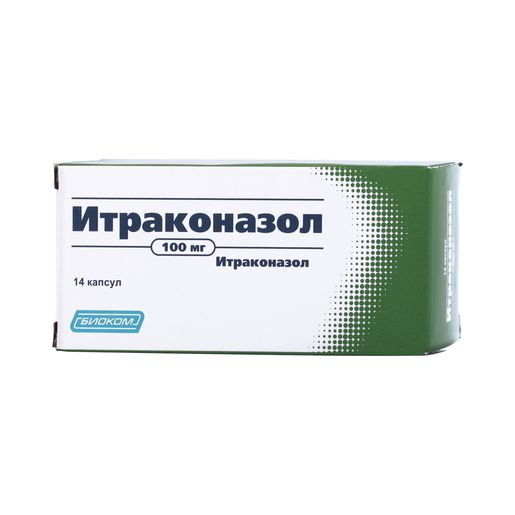

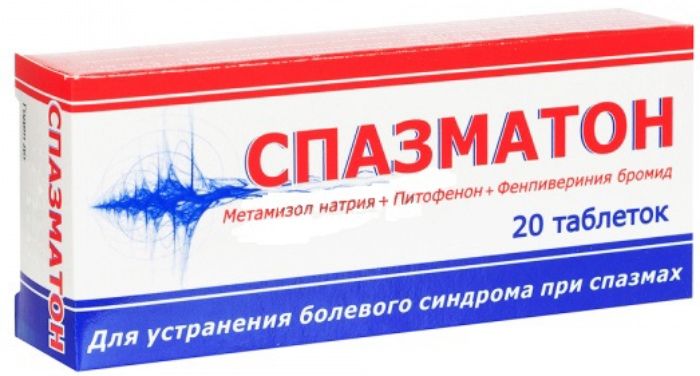

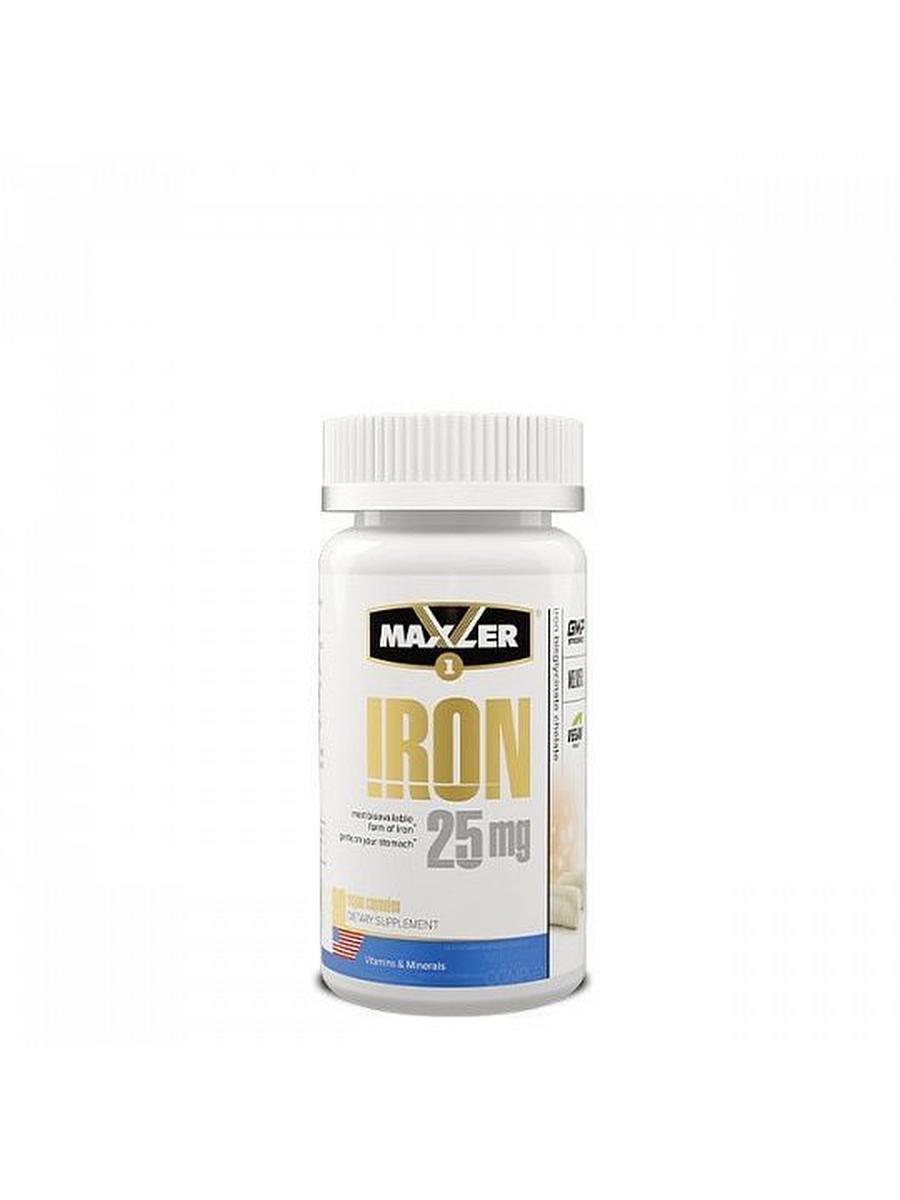
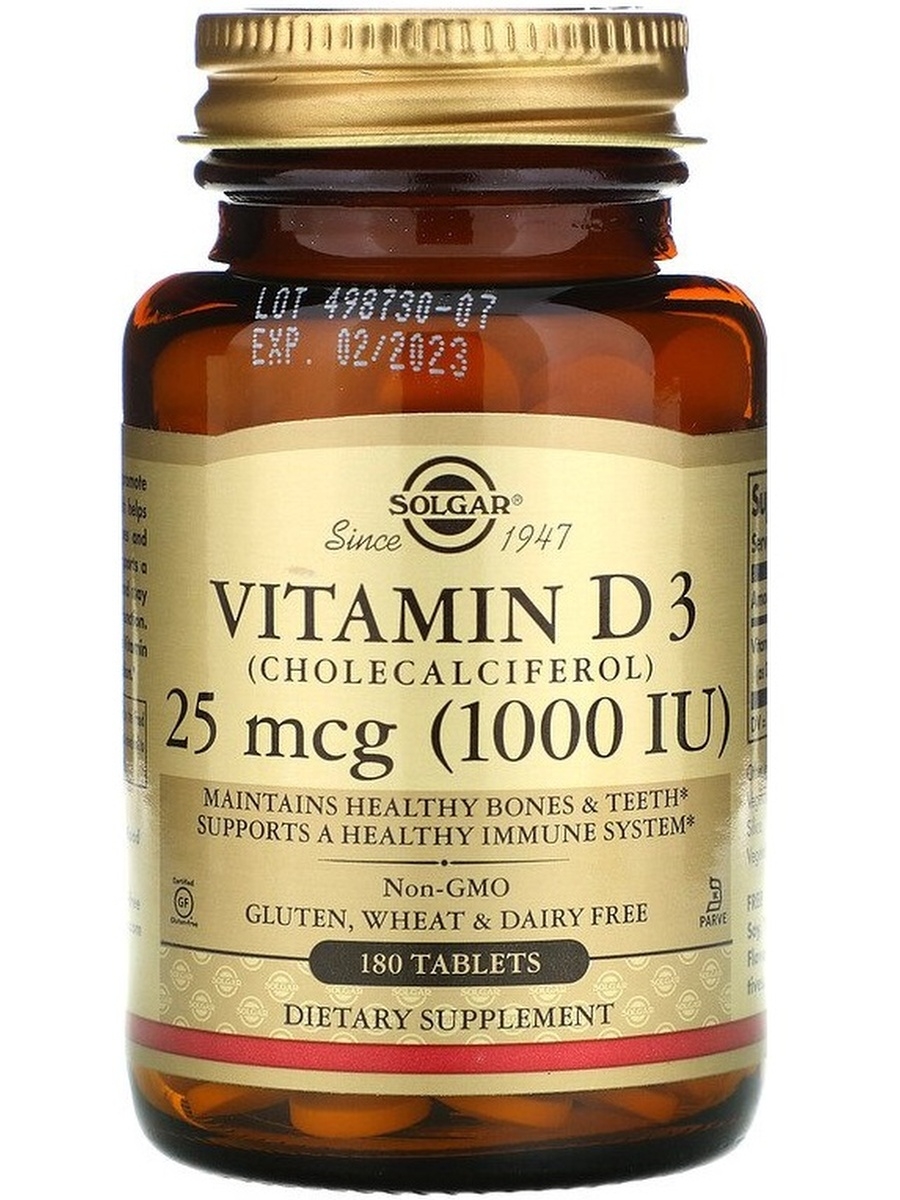

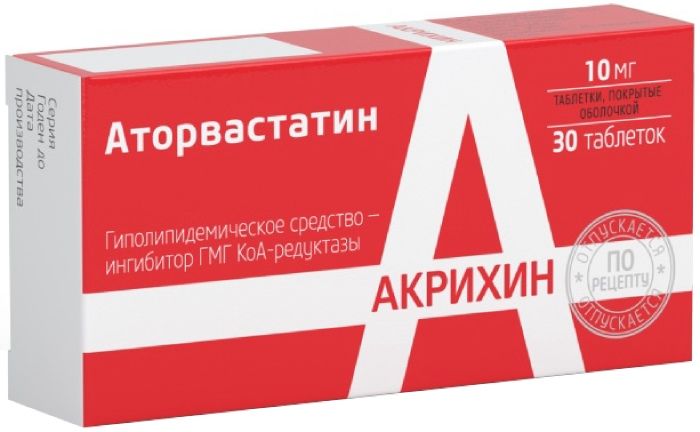





There are no reviews yet.